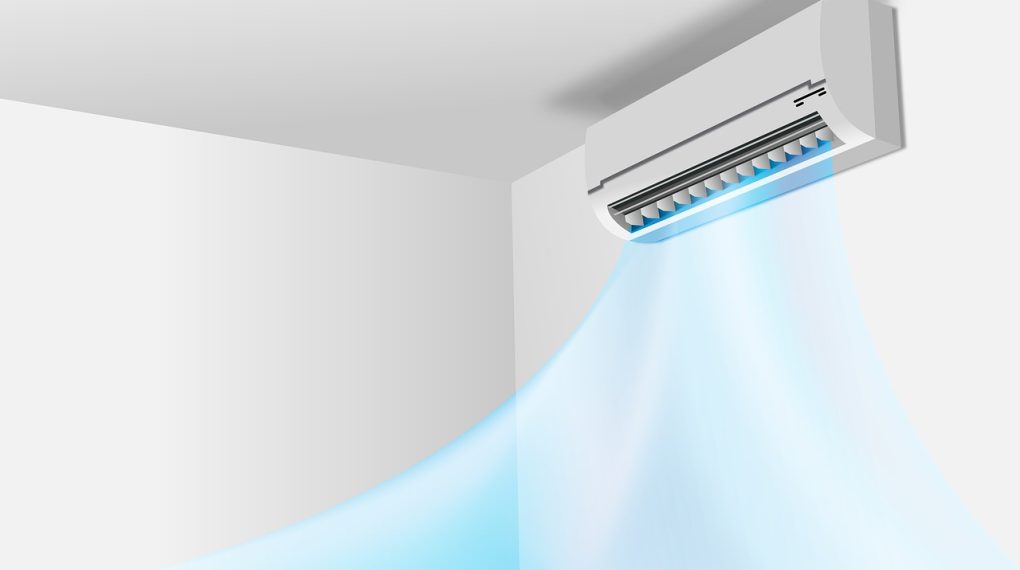What SEER rating is considered high efficiency? This article has the answers you seek. Keep reading to find out more.

Table of Contents
What SEER Rating is Considered High Efficiency?
A SEER (Seasonal Energy Efficiency Ratio) rating is a measurement of how efficiently an air conditioning unit operates. The higher the SEER rating, the more efficient the air conditioner. But how high does a SEER rating need to be for a unit to be considered ‘high-efficiency’?
Typically, a SEER rating of 16 or higher falls into the high-efficiency category. These air conditioning units are designed to maximize cooling output per unit of energy consumed. However, SEER ratings can go even higher, with some modern units reaching SEER ratings in the mid-twenties.
Another thing to watch for is the Energy Star label. This is a designation given by the U.S. Environmental Protection Agency to products that are significantly more energy-efficient than the average comparable model. So if an air conditioning unit has an Energy Star rating, it means it’s among the most energy-efficient options on the market.
Implications of High-Efficiency SEER Ratings
Energy Savings
High-efficiency air conditioning units, by definition, use less energy to produce the same amount of cooling as less efficient units. This energy saving translates directly into cost savings for you.
Let’s consider an example: upgrading from a SEER 13 to a SEER 16 unit could result in around a 30% reduction in energy usage. If you typically spend $100 a month on cooling, that’s a potential saving of $30 a month or $360 a year. Over several years, these savings can more than make up for the higher upfront cost of a high-efficiency unit.
Environmental Impact
In addition to saving you money, high-efficiency air conditioning units also have a lower environmental impact. Air conditioning units consume a significant amount of electricity, much of which is still generated from fossil fuels. By reducing energy consumption, high-efficiency units also reduce the amount of fossil fuels burned to produce that energy.
This can be compared to swapping out a gas-guzzling SUV for a fuel-efficient hybrid car. Just as the hybrid car reduces gasoline consumption and associated emissions, a high-efficiency air conditioning unit reduces electricity consumption and associated greenhouse gas emissions. Thus, choosing a high-efficiency unit is a concrete step you can take towards reducing your carbon footprint.
Check out these other related articles…
Average SEER Rating by Year: A Cool Journey Through Time
How to Calculate SEER Rating: Your In-Depth Guide
Differences in SEER Ratings – All You Need to Know
SEER Rating Lookup: Easy Guide
What SEER Rating Qualifies for Energy Star? [Answered]
Does SEER Rating Really Matter?
So, does the SEER rating really matter? Well, yes and no. It’s like asking if the size of a diamond matters. Sure, it does, but cut, clarity, and color are also important. Similarly, while SEER is crucial, factors like your climate, home size, and insulation also play a part in choosing the right AC.
Cost vs. Efficiency
Initial Investment
High SEER units can be pricey. It’s a bit like paying more for a designer label. But just as a designer piece promises better quality and longevity, a high SEER unit can offer superior performance and energy savings. So, is it worth the investment? We’ll get to that in a sec.
Long-Term Savings
Remember how we talked about finding free money? Well, the savings from a high SEER unit can offset the initial cost over time. It’s a bit like waiting for a fine wine to mature. You might need to wait a few years, but when the payback kicks in, you’ll be sipping on some serious savings!
Is a Higher SEER Rating Always Better?
Does a higher SEER rating always mean better? Well, generally speaking, higher SEER units are more energy-efficient, which means they’re kinder to the environment and your wallet. It’s like choosing between walking or driving to the grocery store. Walking takes more time, sure, but it’s definitely better for your health and the environment!
Considerations for Higher SEER Ratings
Climate Considerations
But just like how a fancy sports car might not be the best choice for icy roads, a high SEER unit might not be the best choice for all climates. In cooler regions where AC is used less, a super high SEER unit might not be worth the investment. After all, why pay for a top-of-the-range 4K TV if you’re only going to watch old DVDs, right?
Home Size and Insulation
And last but not least, the size of your home and its insulation also come into play. Think about it, a smaller, well-insulated home might not require a top-rated SEER unit to stay cool. It’s like wearing a heavy parka in mild winter – it’s just overkill, right?